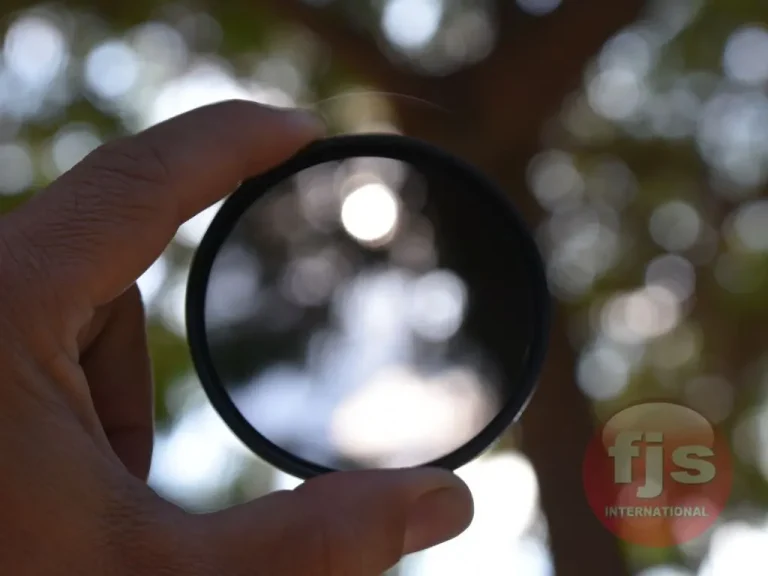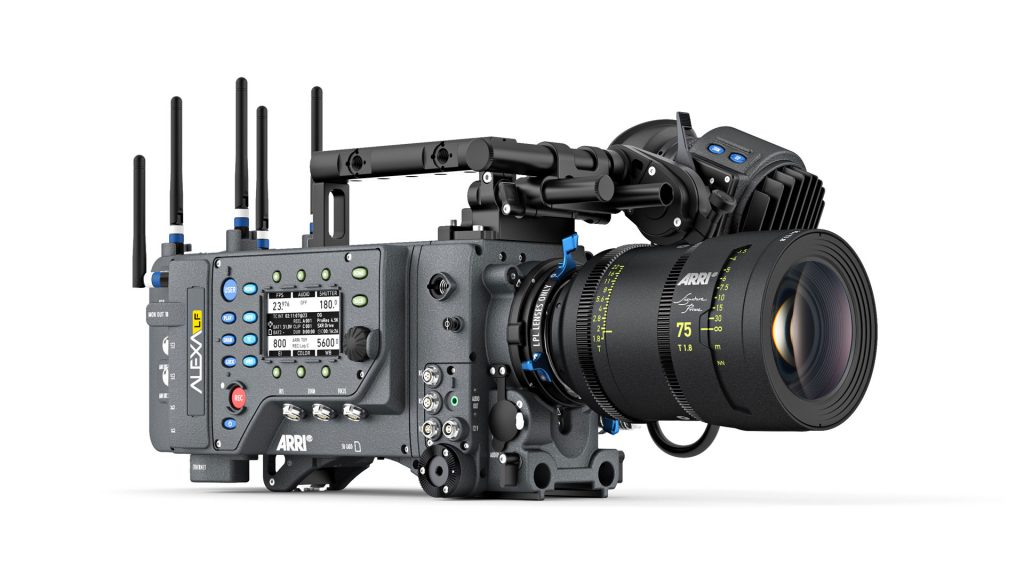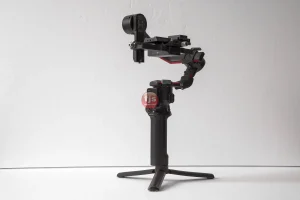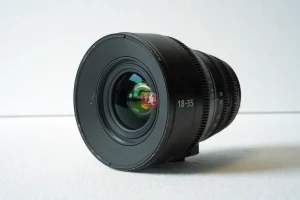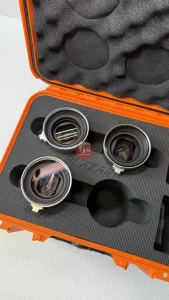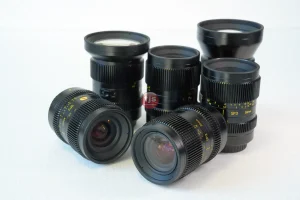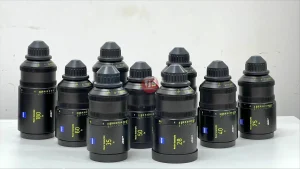It’s a common misconception that certain camera filters can magically fix a blurry photograph. Unfortunately, if an image is blurry due to focus error, motion blur, or camera shake, physical filters attached to your lens cannot improve its clarity. Blurriness is a fundamental issue with how light was captured at the moment of exposure.
Key Features and Benefits (What Filters Can and Cannot Do)
Understanding the actual purpose of different filters is crucial to avoid misunderstanding their capabilities.
What Camera Filters Cannot Do for Blurry Images: 🚫
- Correct Focus Errors: If your image is out of focus, meaning the intended subject wasn’t sharp at the point of capture, no filter can bring it back into focus. This information simply wasn’t recorded by the sensor.
- Eliminate Motion Blur: Motion blur occurs when either your subject moves or your camera moves during the exposure time. Filters cannot reverse this effect because the movement has already smeared the light across the sensor.
- Compensate for Camera Shake: Similar to motion blur, camera shake (unintended movement of the camera during exposure) results in a blurry image. Filters are static elements and cannot counteract dynamic movement that has already occurred.
- Add Lost Detail: Filters are optical elements that modify incoming light before it reaches the sensor. They cannot invent or recover detail that was never properly captured due to blur. Post-production sharpening tools can enhance perceived sharpness but cannot truly un-blur an image or recover genuinely lost detail.
What Camera Filters Can Do (and why they are used): ✅
Camera filters are designed to modify light in specific ways before it hits your camera’s sensor, thus affecting the image at the point of capture. They are powerful tools, but not for fixing blur.
- Polarizing Filters (CPL):
- Purpose: Reduce reflections (e.g., from water, glass, non-metallic surfaces), increase color saturation (especially skies), and enhance contrast.
- Benefit for Clarity (indirect): By cutting glare, they can make certain elements appear clearer or more vibrant, but they won’t fix a fundamentally blurry image. They enhance existing clarity.
- Neutral Density (ND) Filters:
- Purpose: Reduce the amount of light entering the lens without affecting color. This allows for longer shutter speeds in bright conditions (e.g., to create silky water effects) or wider apertures for shallower depth of field.
- Benefit for Clarity (none directly): An ND filter might cause motion blur if you use it for longer exposures, but it won’t prevent or fix it.
- Graduated Neutral Density (GND) Filters:
- Purpose: Balance exposure between a bright sky and a darker foreground (e.g., in landscapes) by having a dark portion that fades into clear.
- Benefit for Clarity (none directly): Improves exposure balance, not sharpness.
- UV/Protective Filters:
- Purpose: Primarily to protect the front element of your lens from scratches, dust, and moisture. Some UV filters also block ultraviolet light, which can cause a slight haze in some conditions.
- Benefit for Clarity (minimal/indirect): Blocking UV light might slightly reduce atmospheric haze in certain situations, theoretically improving clarity, but it’s a subtle effect and has nothing to do with fixing blur from camera shake or focus errors.
Conclusion
In summary, physical camera filters are powerful creative tools that modify light before it reaches your sensor, influencing exposure, color, contrast, and reflections. However, they are incapable of reversing or improving blur caused by missed focus, subject motion, or camera shake. Blurriness originates from how the image was recorded at the moment of capture, and no filter can retroactively inject lost detail or sharpen an out-of-focus image. For correcting blurry photos, you must rely on post-production techniques, understanding their limitations, as true un-blurring is still largely beyond current technology for significant blur.
Questions and Answers
Q1: If a filter can’t fix blur, what can I do in post-production for a blurry image?
A1: For slightly blurry images (e.g., due to minor softness or very slight camera shake), you can use sharpening tools in software like Photoshop or Lightroom. These tools increase the contrast at edges, creating the perception of sharpness. However, they cannot recover genuinely lost detail from severe blur; pushing them too far will create artifacts like halos or noise.
Q2: What causes images to be blurry in the first place?
A2: The most common causes are:
* Missed Focus: The camera focused on the wrong subject or missed focus altogether.
* Motion Blur: Either the subject moved during the exposure, or the camera moved (camera shake).
* Shallow Depth of Field: While intentional for creative purposes, if the depth of field is too shallow, parts of the image you want sharp might be out of focus.
* Lens Softness: Some lenses, especially at their widest apertures or at the edges of the frame, might not be perfectly sharp.
Q3: Are there any digital “filters” (software) that can un-blur images?
A3: There are advanced software tools (often using AI/machine learning) that claim to “deblur” images. While these can achieve impressive results on slightly blurry images, they are often computationally intensive and cannot magically restore sharp detail to severely blurred photos. They are effectively very sophisticated sharpening algorithms or image reconstruction techniques.
Q4: Should I remove my protective UV filter if I’m trying to get the sharpest image possible?
A4: High-quality UV or protective filters have minimal impact on image quality. However, a low-quality or dirty filter can introduce flare, ghosting, or slightly reduce sharpness. For absolute critical sharpness, some photographers remove all filters, but for general use, a good quality protective filter is fine and offers lens protection.
Q5: Can filters cause blur?
A5: While filters don’t fix blur, some can cause it if used incorrectly or if they are of poor quality. For instance, an ND filter used for a long exposure will intentionally create motion blur if there’s movement. A dirty, scratched, or low-quality filter can degrade image sharpness, causing a general softness or haziness rather than specific focus or motion blur.

